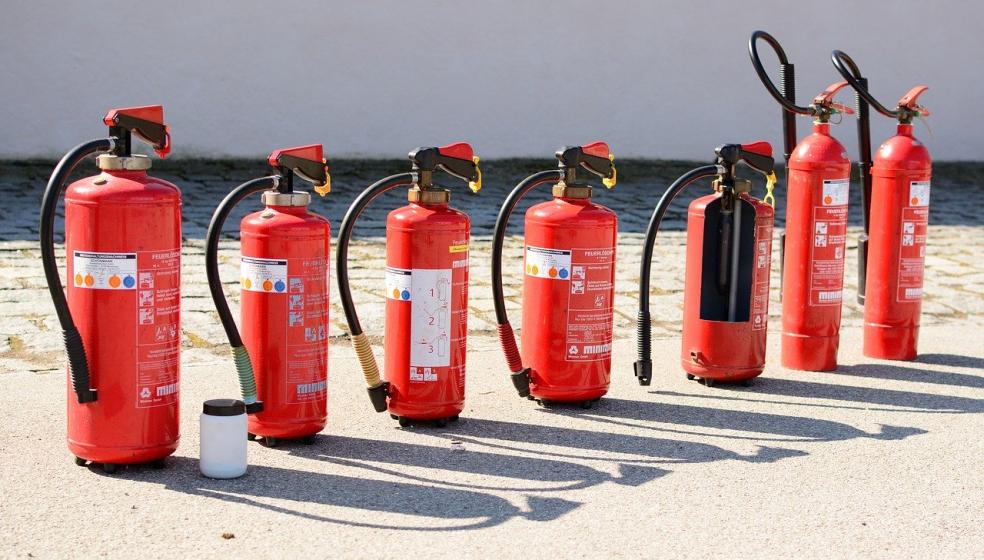
Do You Know the UK's Fire Extinguisher Regulations?
Commercial buildings should have fire extinguishers to put out small fires. Regulations cover these portable units. There are different fire extinguisher classes, classified according to the type of fire they can put out.
Suppose you are the owner of a commercial establishment. In that case, it will benefit you to understand the fire extinguisher regulations and the class of fire extinguisher you need to have in your building. The rules form part of The Regulatory Reform (Fire Safety) Order 2005 or RRO.
What every building owner should know
The 2020 regulations cover every building in the UK not for domestic use. Your building manager, fire marshal, and other staff that handle building security and safety should know this. Likewise, you can seek professional help from companies like FireRiskManchester.co.uk to ensure full compliance with the regulations.
One of the first things you should know is the different types of fire extinguishers. These are:
- Water
- Water mist
- Water spray
- Foam
- Dry powder (standard)
- Dry powder (specialist)
- CO2 (carbon dioxide)
- Wet chemical
The other thing you should know is which type to use based on the hazards that cause a fire risk:
- Class A for combustibles (flammable solids such as wood, fabric, and paper)
- Class B for flammable liquids like petrol, paint, and turpentine
- Class C for flammable gases such as methane, hydrogen, and butane
- Class D for combustible metals like potassium, aluminium, magnesium
- Electrical fires caused by electrical equipment
- Class F for cooking oils
Minimum number of fire extinguishers to use
According to regulations, a building should have at least two Class A extinguishers for each storey. You can have 6-litre foam extinguishers, 3-litre foam extinguishers, or 9-litre water extinguishers. When the premises are quite small, the owner is allowed to have one extinguisher.
Type of extinguisher to use
The type of extinguisher you need depends on the materials and equipment within the premises. The most common to use are carbon dioxide (CO2) extinguishers, which are used for electrical fires. It is usually paired with water or foam extinguishers. Based on the regulations, you should have 2kg CO2 extinguishers if you have electrical equipment with the premises. You require 5kg CO2 extinguishers if your building has equipment that’s 415 volt rated.
If there is a gas risk, such as in boiler rooms, you need dry powder extinguishers. Install wet chemical extinguishers if there are kitchens in the building that use deep-fat fryers.
Location of fire extinguishers
CO2 and water-based extinguishers should be placed by fire alarm call-points and building exits. Specialist extinguishers must be within easy reach of the fire hazard.
Fitting of fire extinguishers
You will be complying with the regulations if you attach the extinguisher to a stand or fixed to the wall. All extinguishers should have proper ID on the wall or stand that explains the type of extinguisher and when and how to use it.
See to it that your fire extinguishers are commissioned onsite by a BAFE-qualified person before you install them in the building. Except for CO2 extinguishers that you replace every ten years, you must replace all other types of fire extinguishers every five years.













